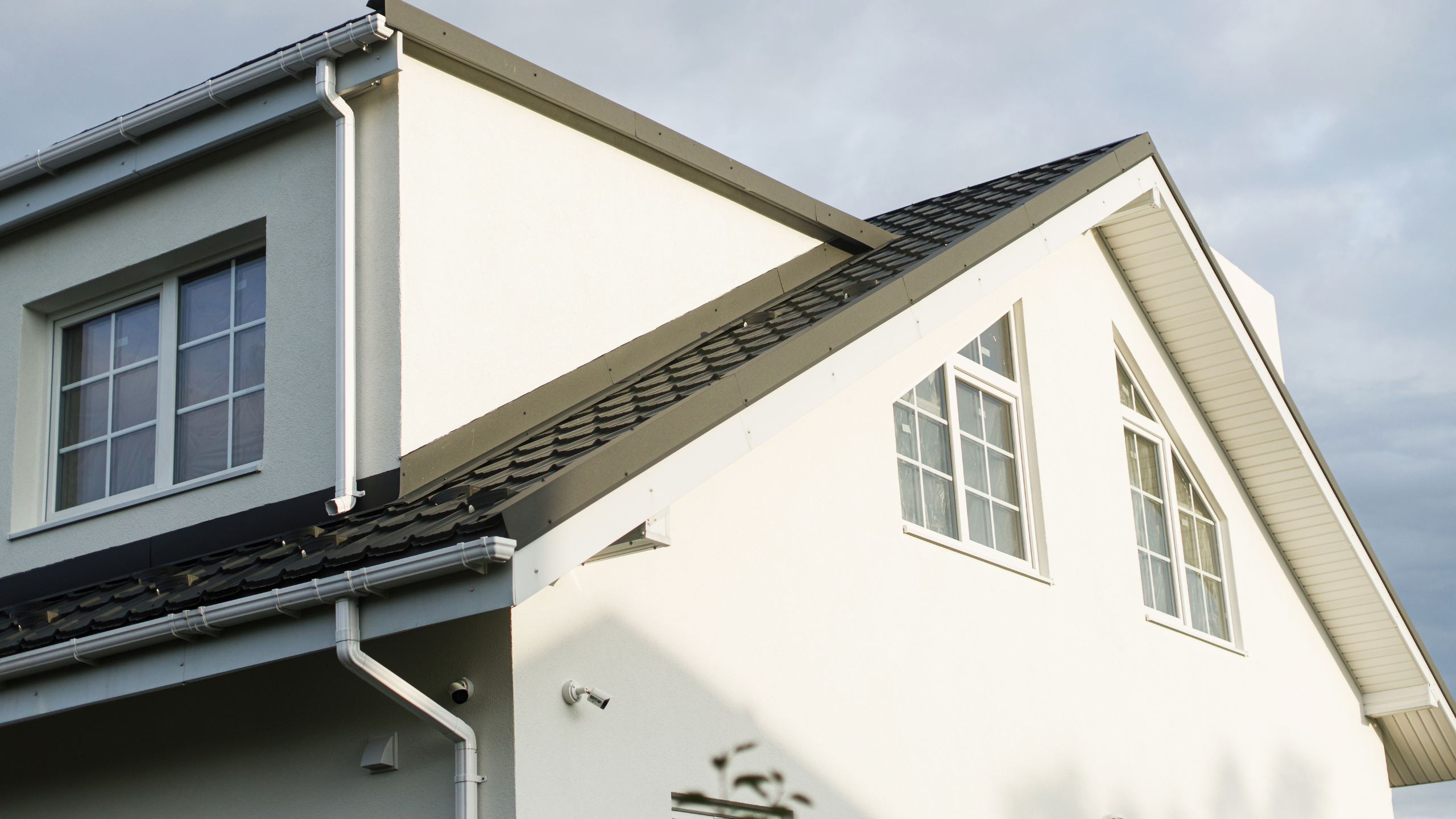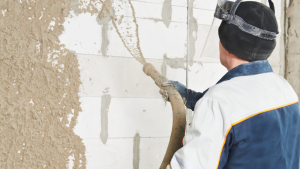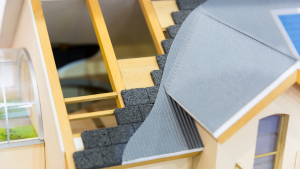Stucco is a popular choice for building because it’s strong, looks nice, and does a good job. It’s been used for a long time, even by antiquated societies such as the Greeks and Romans. Today, we’ll talk about what makes stucco great and how people use it now. It’s been used on big, fancy buildings and cozy Mediterranean-style homes. People like it because it can fit lots of different styles. Plus, it’s good for the environment because Buildingsare kept cold in the summer and heated in the winter because of it, which saves energy.
Stucco is a tough and flexible option for covering the outside of houses and buildings. It lasts a long time and doesn’t need much upkeep. Stucco comes in many different textures and finishes so homeowners can choose the best. It can make any building look great, whether a small home or a big office building. Stucco is popular because it’s both practical and looks nice.
Seeking stucco and construction services tailored to both residential and commercial properties in East Brunswick, NJ? CMB East Brunswick Stucco & EIFS is here to support you every step of the way. Our team will help you navigate the selection process, ensuring you find the ideal system and options for your property. We eagerly anticipate the opportunity to meet and collaborate with you!
The Foundation: Stucco’s Enduring Strength
Stucco is super strong and can handle tough weather. It’s been improved over many years to be even better. Once it’s dry, it’s like a solid shield that keeps buildings safe from rain, heat, and more. It’s a top pick for covering the outside of buildings because it lasts long and keeps them strong. Stucco is a classic choice that shows it’s strong, dependable and has looked great through the years.
A Tapestry of Tradition and Innovation
Stucco has a long history of mixing old ideas with new ones. It can stick to many surfaces, like metal, wire, or concrete. This makes it great for all building styles, from old-fashioned to super-modern. Stucco is like a blank canvas for architects to get creative with. It’s always changing and improving, blending the old ways with new tricks to make buildings strong and beautiful.
Beyond Beauty: Functionality and Performance
Stucco does more than look good – it’s tough and has special features. It helps keep buildings warm and safe from fires, which is important for homes and big buildings. There are lots of types of stucco, like the classic kind made from cement or newer ones made with special materials. One type, called elastomeric stucco, is extra stretchy and can cover up cracks to keep buildings strong for a long time. Stucco is a top choice in the construction world because it’s reliable and does a great job of keeping buildings safe and sound.
The Artistry of Application
Applying stucco is like creating a masterpiece in three steps:
- A base coat
- A middle coat
- A coat of color or finish
Each layer is carefully added to make the building strong and beautiful. Stucco can be customized in many ways, from smooth and shiny to textured like stone or lace. You can add colors to the mix or use special coatings to make it stretchy. Stucco isn’t just for building – it’s like an artist’s canvas, letting builders create something amazing that lasts a long time.
The Different Stucco types of Exterior Plaster
There are several types of stucco, each with its unique characteristics and applications. Some common types of exterior plaster include:
- Traditional Cement-Based Stucco: This type of stucco comprises cement, sand, and water. It is one of the most commonly used types for its durability and strength. Traditional cement-based stucco provides excellent protection against weather and is suitable for a wide range of architectural styles.
- Synthetic Stucco (Acrylic-Based): Synthetic stucco is created from a substance known as Exterior Insulation and Finish System (EIFS). acrylic resins, polymers, and aggregates. It offers enhanced flexibility, allowing for greater design freedom and resistance to cracking. Synthetic stucco is often used in modern construction because of its adaptability and simplicity of use.
- Elastomeric Stucco: Elastomeric stucco contains added elastomers, which give it increased flexibility and elasticity. This type of stucco is designed to bridge small cracks and resist water infiltration, making it ideal for regions with fluctuating temperatures and high moisture levels. Elastomeric stucco is often used in areas prone to seismic activity or where additional protection against moisture is required.
- Lime-Based Stucco: Lime-based stucco, also known as traditional or historic stucco, is made from lime, sand, and water. It has been used for centuries and is valued for its breathability and compatibility with historic buildings. Lime-based stucco is softer and more flexible than cement-based stucco, making it less prone to cracking and more forgiving in historic restoration projects.
- One-Coat Stucco: One-coat stucco, as the name suggests, is a single-layer stucco system This blends the brown coat, finish coat, and scratch coat into one application. It is designed to streamline the stucco installation and reduce labor and material costs. One-coat stucco typically contains additives to improve adhesion and durability, allowing for faster construction schedules.
These are just a few examples of the different types of stucco available for exterior plastering. Each type has its advantages and considerations, so it’s essential to choose the right type based on the specific requirements of your project and the local climate conditions.
Conclusion:
stucco is a testament to the enduring marriage of form and function in architecture. It is not merely a building material but a symbol of strength, durability, and timeless elegance. Stucco is a long-lasting, versatile siding option that provides both function and decorative flair to the exterior of homes and buildings. Its low maintenance requirements also make it a popular choice. With its ability to withstand the elements, provide insulation, and enhance the aesthetic appeal of structures, stucco has earned its place as a versatile siding option for homes and buildings. From ancient civilizations to modern construction practices, stucco has remained a reliable choice, evolving to meet the needs of changing times while preserving its inherent qualities. As we look to the future of construction, let us continue to embrace stucco’s enduring charm and unwavering strength, ensuring its legacy endures for generations to come.




